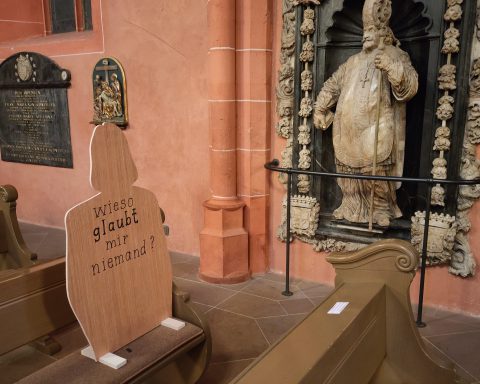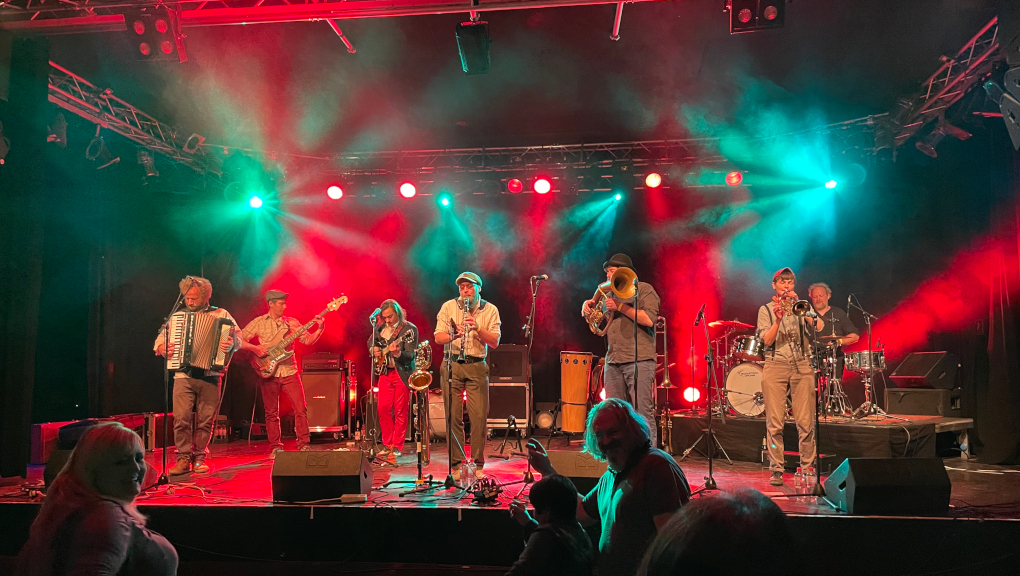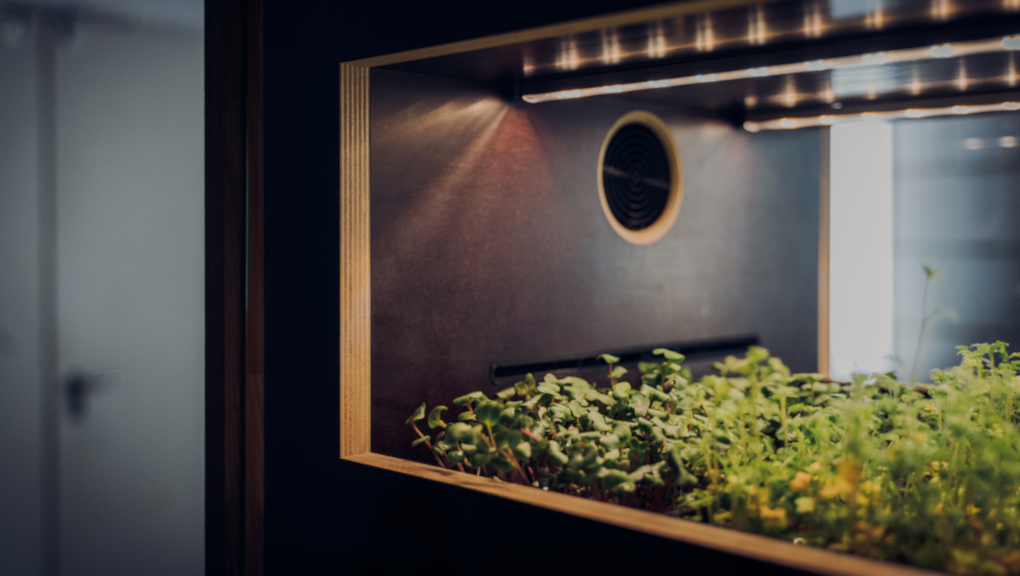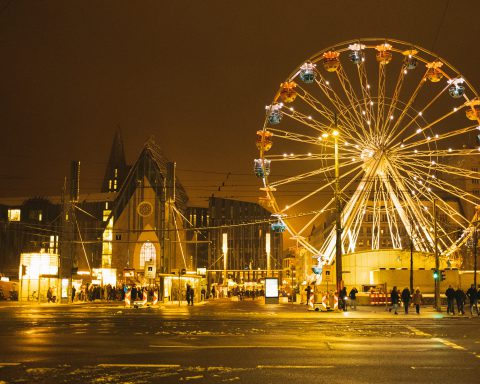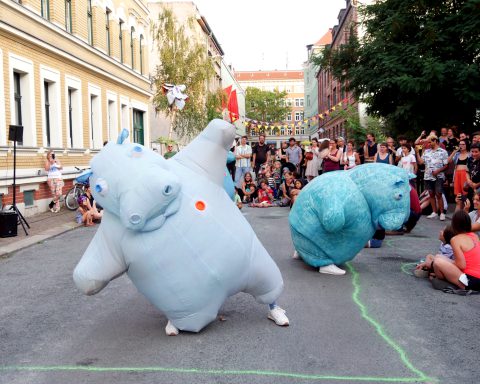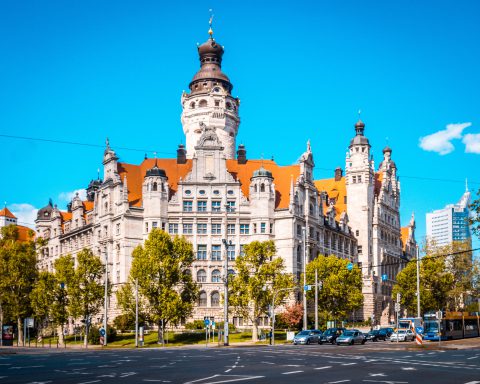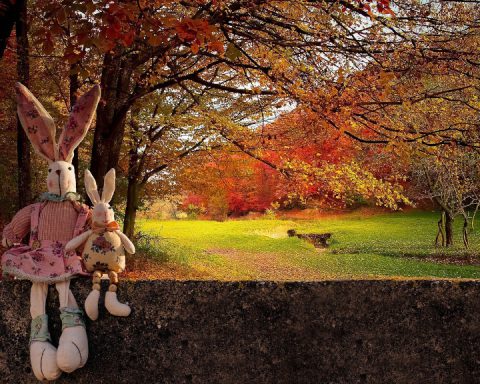Cities are captivating. There is an abundance of activity within them, with a constant commotion and busyness. But this busyness is precisely why cities can be overwhelming and claustrophobic. I’ve lived in multiple cities, but Leipzig is exceptional among them because of its numerous parks and gardens. I was always of the false mindset that the bigger the city, the better.
I believed this mainly when living in Los Angeles. Hence, I was hesitant about living in a smaller city like Leipzig. But as I spend more time here, I’m beginning to notice its duality and to understand its appeal. Leipzig has a pattern; there are large parks surrounding concentrated areas in the city. As an additional bonus, those parks come with the accompanying calmness of nature.
One of my favorite large parks in Leipzig is the Clara Zetkin.
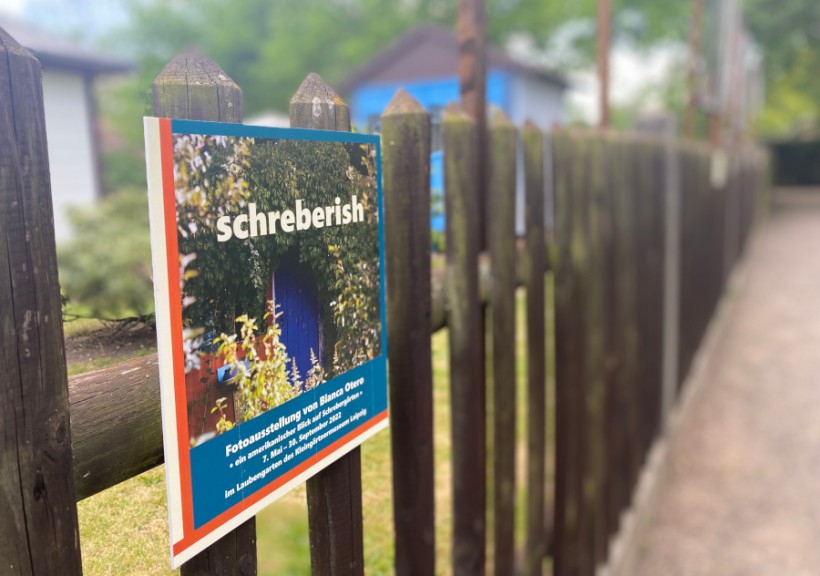
It just so happens to be close to the Schrebergärten and the Kleingärtnermuseum, near Waldplatz tram stop. Walking around this particular garden provides an exciting piece of living history. The garden huts are old and passed down through generations. Some date back to GDR times, but all have a modern, unique, and beautiful layout. What makes this garden special is that you can read the family history behind each hut and understand its ancestral significance.
In contrast, Bianca Otero’s exhibition at the Kleingärtnermuseum features the current generation’s stories. Underneath each picture is a recent account. After visiting the exhibit and reading the stories detailed below, I walked to the featured garden allotments and felt a peculiar connection to its caretakers. Each one has a unique personality beneath the surface level of beauty. Quirky, multilayered details stood out to me.
Art is a form of expression, and Bianca centers hers around the people.
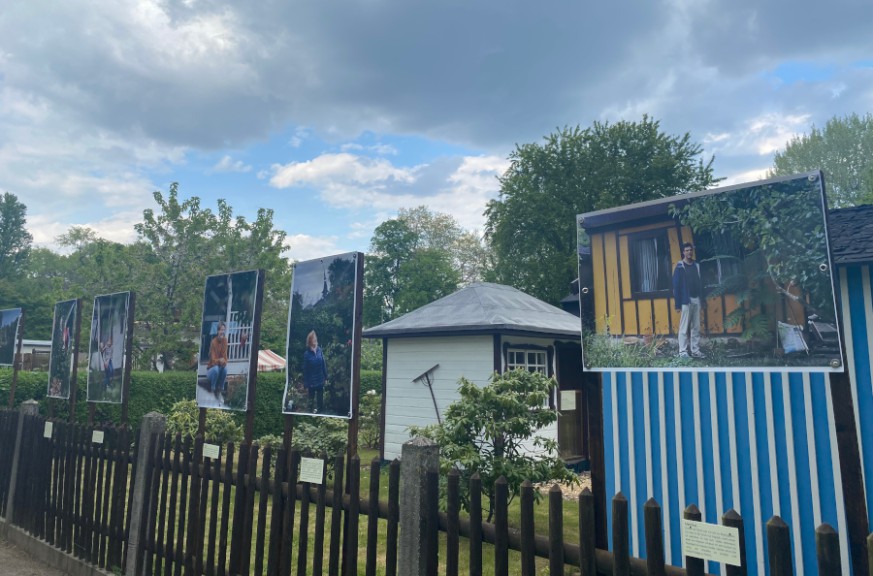
Bianca herself will be at the exhibition for the next few days. If you stop by and see her, she will happily elaborate on the significance behind each photo featured.
Before moving to Germany, I heard every stereotype about the country and its people. One of them is that they are unfriendly, so I relish the moments when this is proven otherwise. I am in Germany on a cultural exchange fellowship. Therefore, I always hold a sense of appreciation when meeting people comfortable enough to share their experiences. The people in these gardens are friendly and open to conversation, so much so that some have agreed to have their photos featured.

Additionally, by visiting I learned a lot about the value of the gardens and their link to health, both mental and physical. At the turn of the 19th century, the widely available jobs involved factory work. But, unfortunately, the masses working in the factories suffered physical strain and were hard hit by diseases. Pollution was rampant, and the concentration of so many people within the confinement of cities meant that there was no space for outdoor activities. All this also meant, of course, that there was no space for children to play.
And this is why the gardens are significant.
They started as a movement to combat the adverse side-effects of industrialization. In fact, while speaking to Bianca, she turned my attention to what was at the garden’s center: a playground. She pointed out that that has been the real purpose of the space, both back then and now.

Sunshine, fresh air, and space for fun activities are all things that children need. Bianca noted the need for such a movement again. Now more than ever, children are spending more time indoors. Both because of Covid restrictions and increased time spent on social media and technological devices.
Moreover, Bianca pointed out that the gardens are a space for people to “not be boxed up”, especially during a pandemic in our “too much information” world. Moreover, it is scientifically proven that spending time in nature and greenery boosts serotonin levels and overall mood. There is significance in spending time outdoors and seeking sanctuary within the high vibrations of nature. Therefore, it’s natural for people to cherish and advocate for more green spaces to be established.
Nature offers healing qualities for both mental and physical health.
It serves as a form of calming escapism that foregoes numbing.
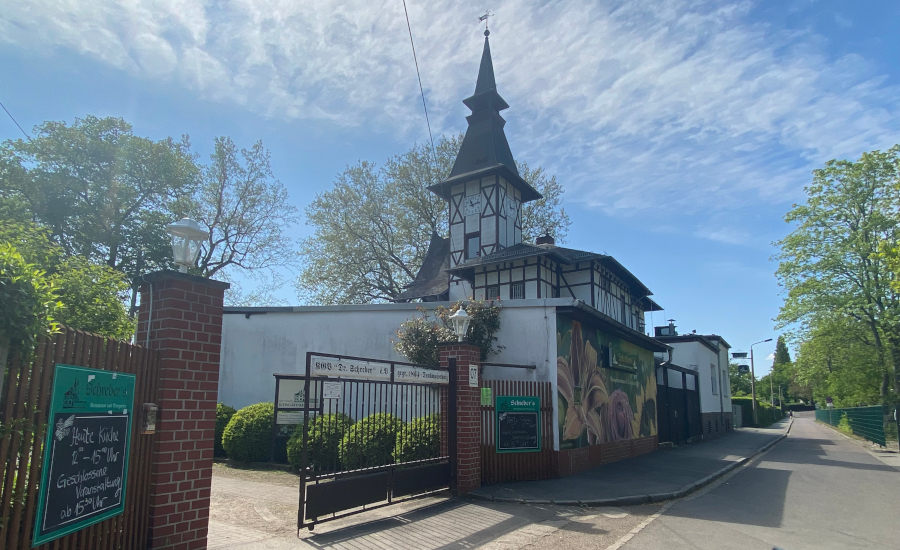
While living in Leipzig, my favorite pastime has become going to gardens or parks, reading a book, and enjoying a drink. The Screbergarten also features a beer garden, museum, and friendly people happy to discuss their garden allotments. I enjoyed visiting the exhibit, it was só charming. And if you happen to be in the vicinity, I highly recommend you stop by!
Schreberish runs outside on the grounds of the Deutsches Kleingärtnermuseum, Aachener Str. 7, until 20 September. The museum itself is open from Tuesdays to Thursdays from 10h00 to 16h00.



